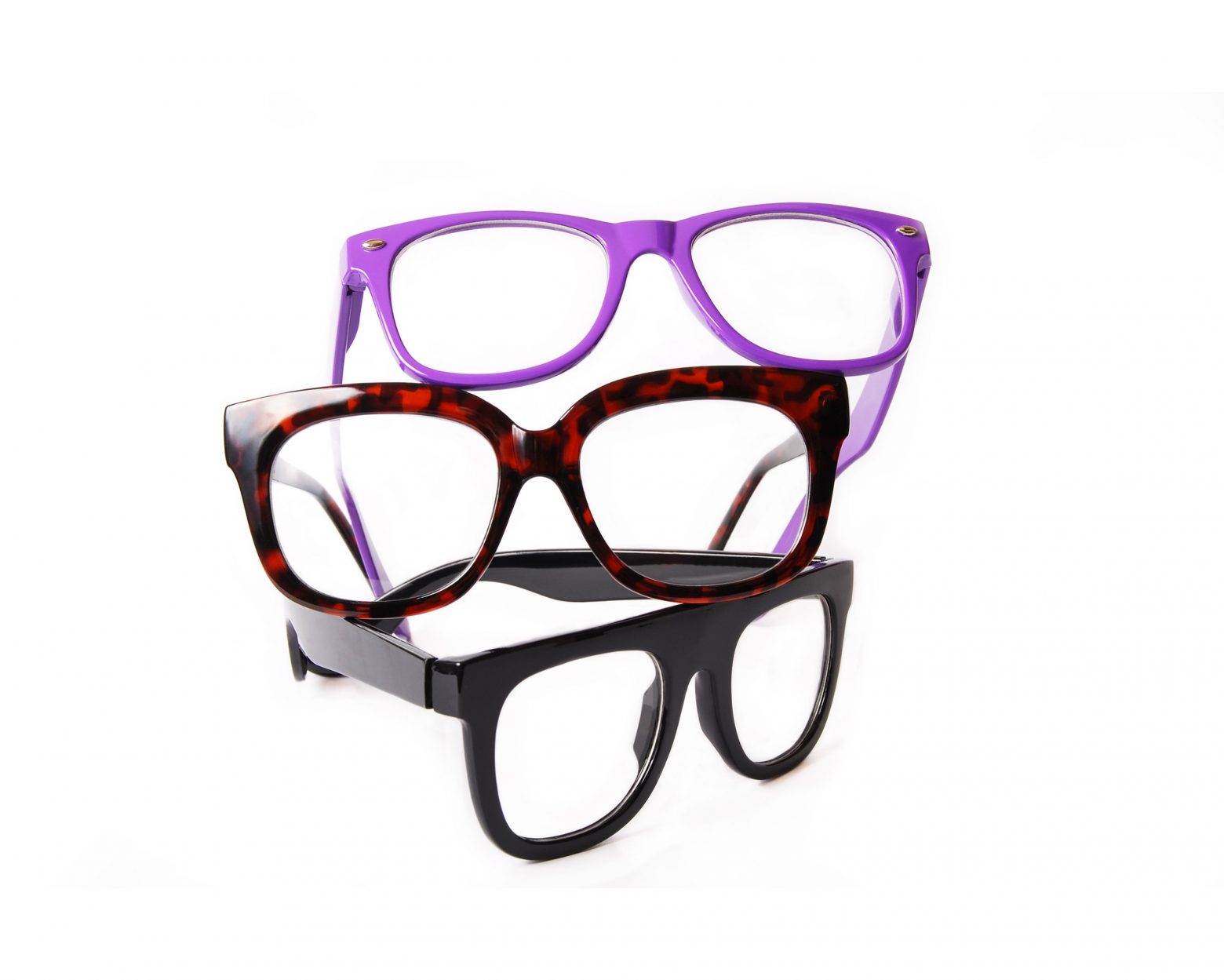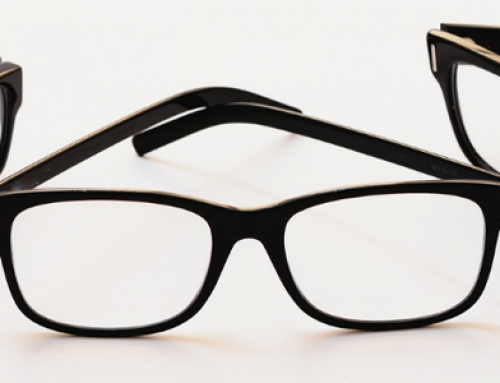Choosing the right eyewear frame material can do wonders for your personality as each material is unique and special in its own way. Let’s have a look at the different frame materials available and their qualities.
Plastic
Plastic is an exceptionally lightweight and highly-cost effective eyeglass frame material. If you are a fan of rainbow colors, then Zyl (Cellulose Acetate or Zylonite) should be your first choice. Laminated frames of Zyl with layered colors are in fashion nowadays. You can also opt for very light colors on the insides of the frame, so that your eyeglass almost disappears from your vision once you wear it.
Another plastic material called ‘Cellulose Acetate Propionate’ is nylon plastic and happens to be hypoallergenic. As compared to other plastic materials, it’s more glossy, transparent and lightweight. Nylon is also a primary material in the manufacturing of performance and sports frames. Such frames also contain Grilamid, Gliamides or Troamid materials, as they are extremely resistant to cold and hot along with great flexibility. Because of nylon’s flexibility, it’s also molded into the famous wraparound frame styles and other shapes which are difficult to obtain with other materials.
Metal
Monel
Monel is a mixture of a diverse range of metals. It’s highly corrosion resistant and malleable, which makes it the most popular choice for eyeglass frames. Monel is mostly hypoallergenic but few people may experience mild allergy or irritable skin if Monel rubs directly against their eyes and faces. For such people, Monel frames with palladium plating are used to prevent allergy and irritability.
Titanium
Beta-titanium and titanium are also famous materials for frames. Titanium happens to be a light gray metal which is durable, lightweight, corrosion-resistant and strong. This material is exceptionally versatile and is use in the manufacturing of many devices, such as implantable medical devices, spacecrafts, and more.
Titanium frames are hypoallergenic and come in different colors. Some frames are also made with an alloy of titanium which is a mixture of titanium and other metals, for instance copper or nickel. These alloys are cost-effective and highly durable.
Stainless steel
Stainless steel frames are an alternative for titanium frames. Such frames are lightweight and hypoallergenic with great strength and minimal toxicity. These frames are also an alloy of chromium and steel. Most of them contain almost 15 to 30 percent chromium which makes them highly resistant to heat, corrosion and abrasion.
Flexon
Flexon is basically a titanium-based alloy. It’s a very popular and unique material for eyeglass frames which was developed by a famous eyeglass manufacturer ‘Marchon’. He called Flexon a ‘memory metal’ because of its ability of coming back into its original shape even after excessive bending or twisting. Flexon frames are also corrosion-resistant, lightweight and hypoallergenic.
Unconventional Frame Materials
If you crave for a distinctive style and can easily pay for it, then you can try using the following frame materials which are highly unique and a bit costly as well.
Silver
Solid silver is not commonly used as a primary frame material because of its stiffness. Silver is however, mixed with other metals as a trace element for eyeglass frames, which gives the frame a classy, jewel-like appearance.
Wood, Buffalo Horn and Bone Frames
Such frames are mostly handmade and are one-of-its-kind pieces. These materials are stiffer and less adjustable but they make extremely appealing eyeglass frames because of their unique look and beauty. Buffalo horn eyeglass frames can adapt to your body temperature which gives you an extremely comfortable feel.
Marveloptics.com, which is the number one online prescription eyeglass store, offers a vast variety of materials for eyeglass frames which include metal, titanium, plastic and wood frames. So choose the best material for your eyeglass frame right away!





